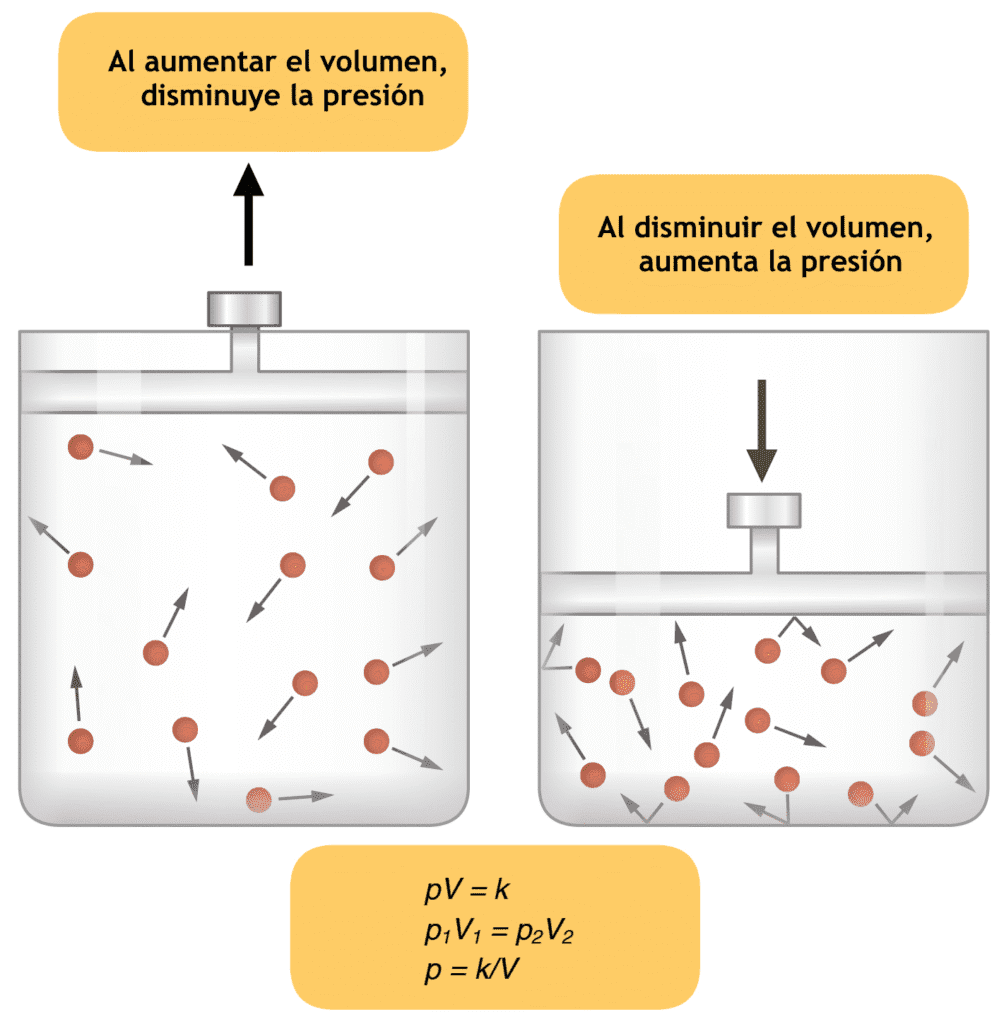In Isoflurane cardiac function , the effect is that the cardiac output is maintained due to the slight increase in heart rate reflexly due to hypotension.
There is a dose-dependent decrease in arterial pressure due to peripheral vasodilatation and myocardial depression, less than that due to halothane.
There is a selective coronary vasodilatation and decrease in vascular resistance, this may result in diversion of blood flow from an ischaemic region supplied by collaterals. This is known as coronary steal.
This may prove deleterious in multiple occlusions. Vasodilatation is produced by opening of AT? gated K-channels in ischaemia. Cardiac rhythm disturbances and catecholamine-induced arrhythmias are unusual compared to halothane which has different Isoflurane Cardiac Function .
In Isoflurane cardiac function, an increase in cerebral blood flow occurs but less than that due to halothane. Renal blood flow may be reduced due to hypotension.
Cutaneous blood flow is increased predisposing the patient to heat loss. Total hepatic blood flow is reduced to some extent but much less than halothane.
Miller’s Anesthesia 7th Edition says the following about Isoflurane cardiac function –
The predominant effect of isoflurane, desflurane, and sevoflurane is dose-dependent vasodilation with resultant decreases in SVR and blood pressure.
These volatile agents may have an advantage in inducing preconditioning, which is particularly important in patients undergoing either CABG with CPB or OPCAB, in which myocardial ischemic insults are likely.
Multiple cardioprotective effects of the volatile anesthetics have been studied, including triggering of the preconditioning cascade and mitigation of reperfusion injury.

